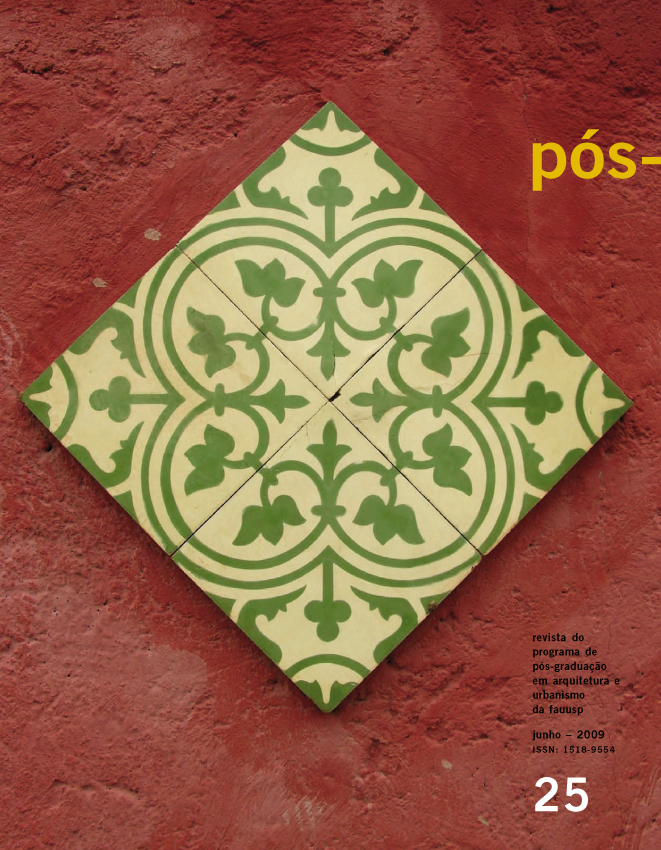Spatial accessibility in schoolyards for students with visual impairment: the construction of an assessment tool
DOI:
https://doi.org/10.11606/issn.2317-2762.v0i25p292-307Keywords:
School spatial accessibility, schoolyard, students with visual impairment, assessment tool, school inclusionAbstract
To enable visually impaired students to attend regular schools, these students must not only have suitable monitoring, but must also be able to take part in all school activities without any major impediments. This means that the many existing barriers to this inclusion must neutralized or even eliminated. In addition to teaching barriers, there are also barriers concerning social aspects and the physical space. This articles focuses on spatial accessibility in schoolyards and shows that, when these environments disregard the needs of students - such as in terms of physical and cognitive needs - access can be made difficult or even impossible, limiting these individuals' performance in the physical space. Accordingly, it is necessary to identify the physical barriers in these environments before planning any spatial accessibility initiatives. Based on this assumption, the current article suggests procedures for building an assessment tool for spatial accessibility in primary level public schools in regards to visually impaired students. The full instrument consists of 10 tables that refer to given environments and situations in primary public schools in the state of Santa Catarina, Brazil. The article presents the steps used to prepare and improve the tables in the schoolyards, as well as the setup of the tables. With improved schoolyard tables, the possibility of creating other tables under this instrument in order to improve other areas is demonstrated in the current article.Downloads
References
ADA. The americans with disabilities act. Checklist for Readily Achievable Barrier Removal, 1995. Disponível em: http://www.usdoj.gov/crt/ada/checkweb.htm. Acesso em: jul. 2008.
ASSOCIAÇÃO BRASILEIRA DE NORMAS TÉCNICAS. NBR 9050, 2004. Acessibilidade a edificações, mobiliário, espaços e equipamentos urbanos. Rio de Janeiro: ABNT, 2004.
AUDI, Eloísa Manzzini Miranda. Protocolo para avaliação da acessibilidade física em escolas de ensino Fundamental. 2004. Dissertação (Mestrado em Educação) – Faculdade de Filosofia e Ciências, Universidade Estadual Paulista, Marília, 2004.
BRASIL. Ministério da Educação. Lei n. 9.394, de 20 de dezembro de 1996. Lei de Diretrizes e Bases da Educação Nacional (LDBEN). Diário Oficial da União, Brasília: MEC, n. 248, 23 dez. 1996.
COHEN, R.; DUARTE. C. R. Guia turístico de acessibilidade: uma proposta metodológica. 2006. Disponível em: http://www.unirio.br/museologia/leitura/. Acesso em: 14 set. 2006.
DISCHINGER, Marta. Designing for alll senses: Accessible spaces for visually impaired citizens. 2000. 260f. Thesis (for the degree of Doctor of Philosophy) – Department of Space and Process School of Architecture, Chalmers University of Technology, Göteborg, Suécia, 2000.
DISCHINGER, Marta. et al. Desenho universal nas escolas: Acessibilidade na rede municipal de ensino de Florianópolis. Florianópolis, prelo, 2004.
ESPANHA. Ministerio de Vivenda. Guía técnica de accesibilidad en la edificación. 2001. Disponível em: http://www.mviv.es/es/index.php?option=com_content&task=view&id=20&Itemid=60 . Acesso em: nov. de 2005.
HALL, Edward T. A dimensão oculta. São Paulo: Martins Fontes, 2005.
HANK, Vera Lúcia Costa. O espaço físico e sua relação no desenvolvimento e aprendizagem da criança. Disponível em: http://www.meuartigo.brasilescola.com/educacao/o-espaco-fisico-sua-relacao-no-desenvolvimento-aprendizagem-.htm . Acesso em: 26 jul. 2006.
KASPER, Andrea de Aguiar. Modelo para avaliação de acessibilidade espacial de escolas públicas de ensino fundamental para alunos com restrições visuais. 2007. 227 f. Dissertação (Mestrado) – Departamento de Engenharia de Produção, Universidade Federal de Santa Catarina, Florianópolis, 2007.
KASPER, Andrea de Aguiar; LOCH, Márcia do Valle Pereira; PEREIRA, Vera Lúcia Duarte do Valle. Alunos com deficiência matriculados em escolas públicas de nível fundamental: Algumas considerações. Educar em Revista, Paraná, v. 31, p. 231-243, 2008.
KETTERLIN-GELLER, Leanne R. Knowing what all students know: Procedures for developing universal design for assessment. The Journal of Technology, Learning and Assessment (JTLA). Boston, v. 4, n. 2, 2005.
LOCH, Márcia do Valle Pereira. Convergência entre acessibilidade espacial escolar, pedagogia construtivista e escola inclusiva. 2007. 269 p. Tese (Doutorado em Engenharia de Produção) – Programa de Pós-Graduação em Engenharia de Produção, Universidade Federal de Santa Catarina, Florianópolis, 2007.
OLIVEIRA, Aíla Seguin Dias Aguiar de. Acessibilidade espacial em centro cultural: Estudo de casos. 2006. Dissertação (Mestrado em Arquitetura e Urbanismo) – Programa de Pós-graduação em Arquitetura e Urbanismo, Universidade Federal de Santa Catarina, Florianópolis, 2006.
PREISER, Wolfgang F. E.; OSTROFF, Elaine. Universal design handbook. Nova York: MacGraw Hill, 2001.
STERNBERG, Robert J. Psicologia cognitiva. Porto Alegre: Artes Médicas Sul, 2008.
STORY, M. F. et al. The universal design file – Designing for peoples for peoples of all ages and abilities. Carolina do Norte: NC State University, The Center of Universal Design, 1998.
Downloads
Published
Issue
Section
License

This work is licensed under a Creative Commons Attribution 4.0 International License.
DIADORIM - Diretório de Políticas Editoriais












